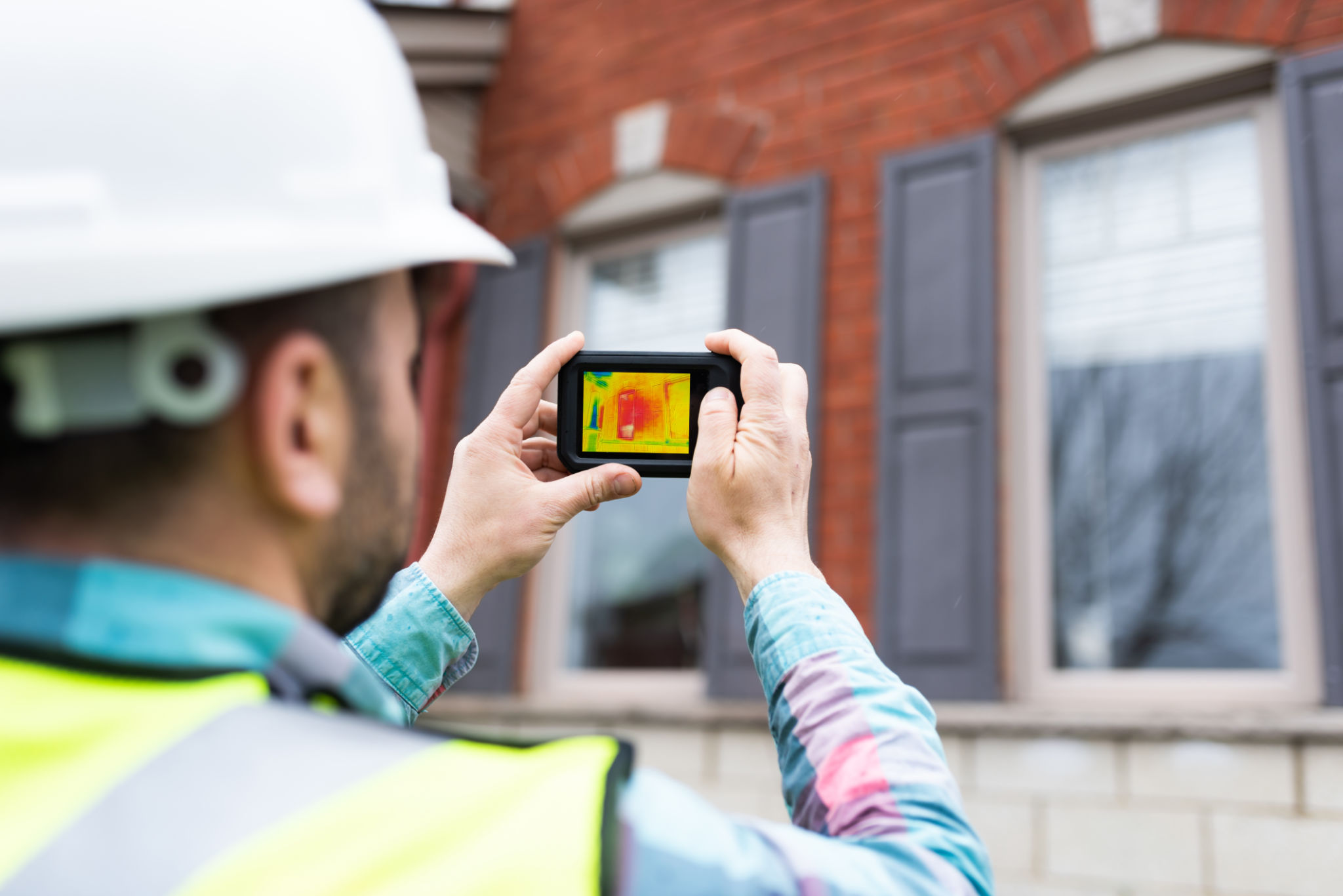Case Study: How We Improved Energy Efficiency with New Windows in a Fort Worth Home
Introduction to the Project
Improving energy efficiency is a crucial consideration for homeowners looking to reduce their carbon footprint and lower utility costs. In this case study, we delve into how the installation of new windows in a Fort Worth home significantly enhanced its energy efficiency. This transformation not only increased comfort but also provided substantial savings on energy bills.

Understanding the Initial Challenges
The Fort Worth residence was an older property, with windows that were not up to modern standards of insulation. The homeowners experienced significant energy loss, leading to inflated heating and cooling costs throughout the year. These outdated windows allowed drafts, making it difficult to maintain a consistent indoor temperature.
Our team conducted a thorough assessment to identify specific areas of concern. The primary issues included air leakage, poor insulation, and inefficient glass panes. Addressing these problems required a strategic approach to window replacement.
Selecting the Right Windows
After assessing the situation, we recommended installing double-glazed windows with argon gas filling and Low-E glass coatings. These features are known for their superior insulating properties, effectively reducing heat transfer through the windows. This choice of materials was pivotal in enhancing the home's energy performance.

The Installation Process
Our experienced team ensured a seamless installation process by carefully removing the old windows and fitting the new ones with precision. Attention to detail was critical to avoid gaps that could compromise insulation. The installation was completed efficiently, minimizing disruption to the homeowners.
Immediate Benefits Observed
The results were apparent almost immediately. The homeowners noticed a significant reduction in drafts, making the indoor environment more comfortable. Additionally, the double-glazed windows provided better sound insulation, which was an added benefit given the property's proximity to a busy street.

Long-Term Energy Savings
In terms of cost savings, the installation of energy-efficient windows led to a noticeable decrease in monthly utility bills. The improved insulation reduced the need for excessive heating during winter and cooling during summer, contributing to lower energy consumption.
The investment in new windows paid off over time, as the energy savings continued to accumulate. This long-term benefit underscored the value of upgrading to high-performance windows in older homes.
Environmental Impact
Beyond financial savings, the project had positive environmental implications. By reducing energy consumption, the homeowners decreased their carbon footprint, contributing to a more sustainable future. This case study highlights how small changes in home infrastructure can have a significant impact on environmental conservation.
Conclusion
This Fort Worth home project serves as a testament to the benefits of investing in energy-efficient home improvements. The new windows transformed not only the aesthetic appeal of the house but also its functional efficiency. For homeowners seeking similar upgrades, this case study offers valuable insights into the advantages of modern window solutions.
